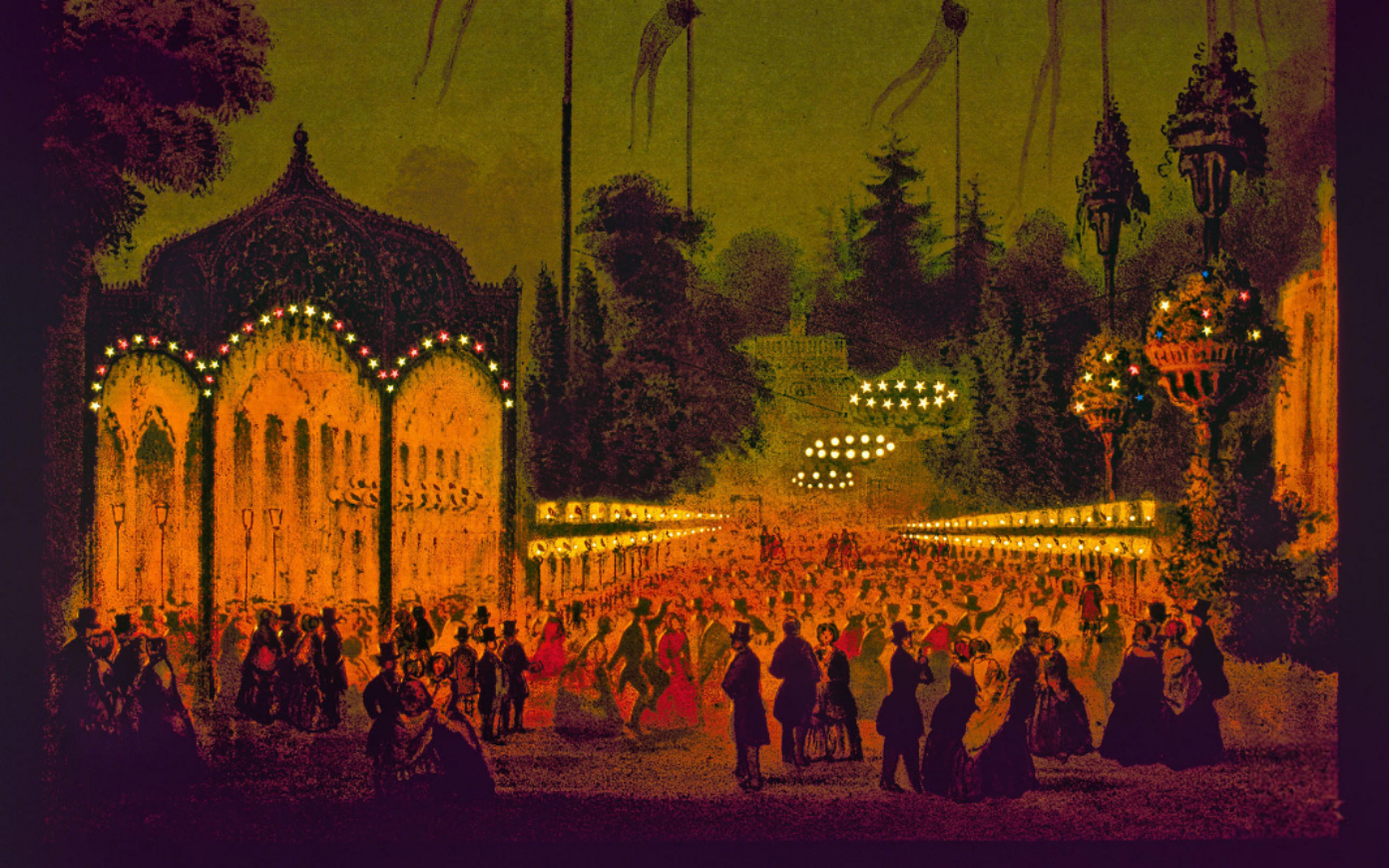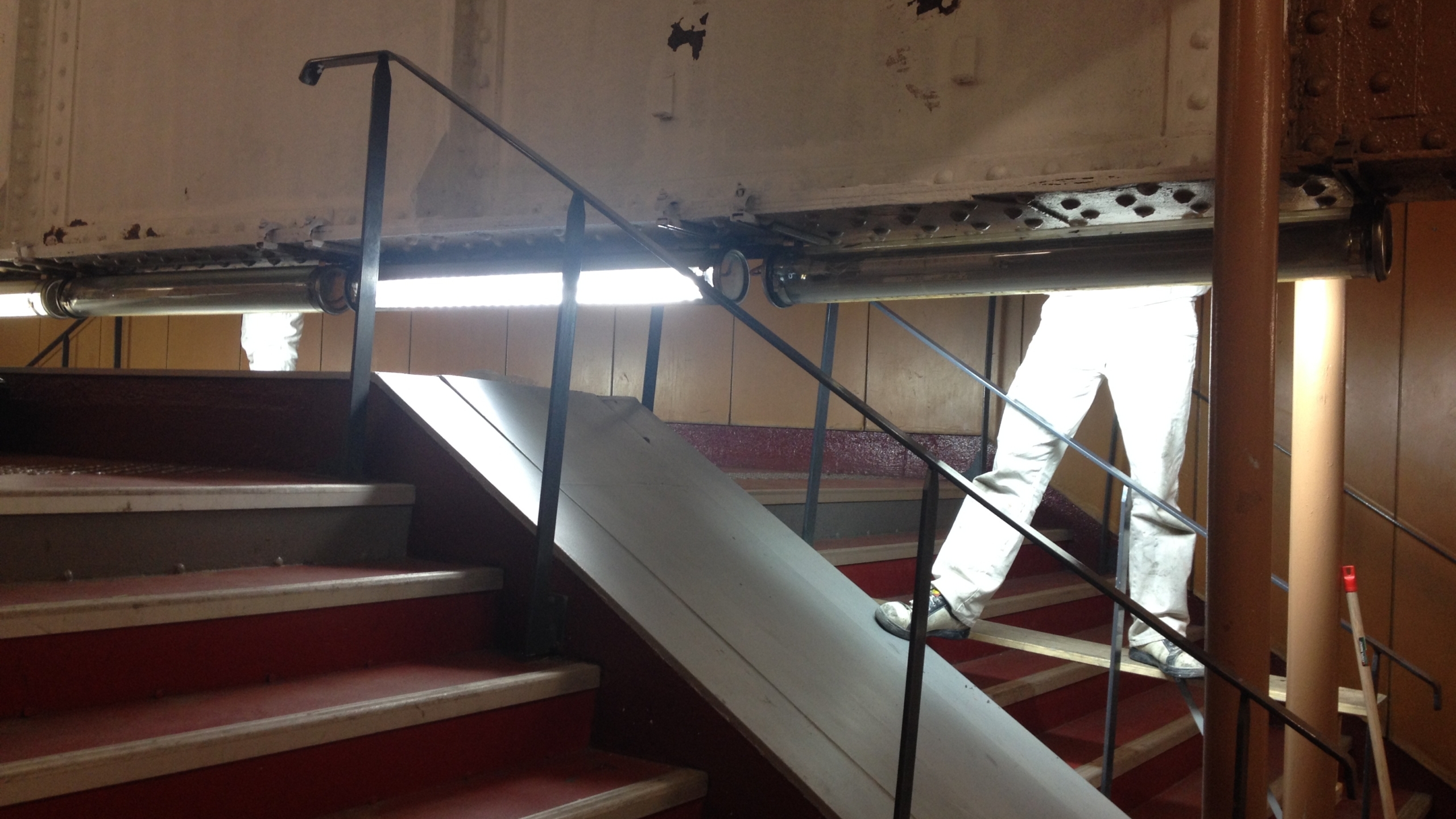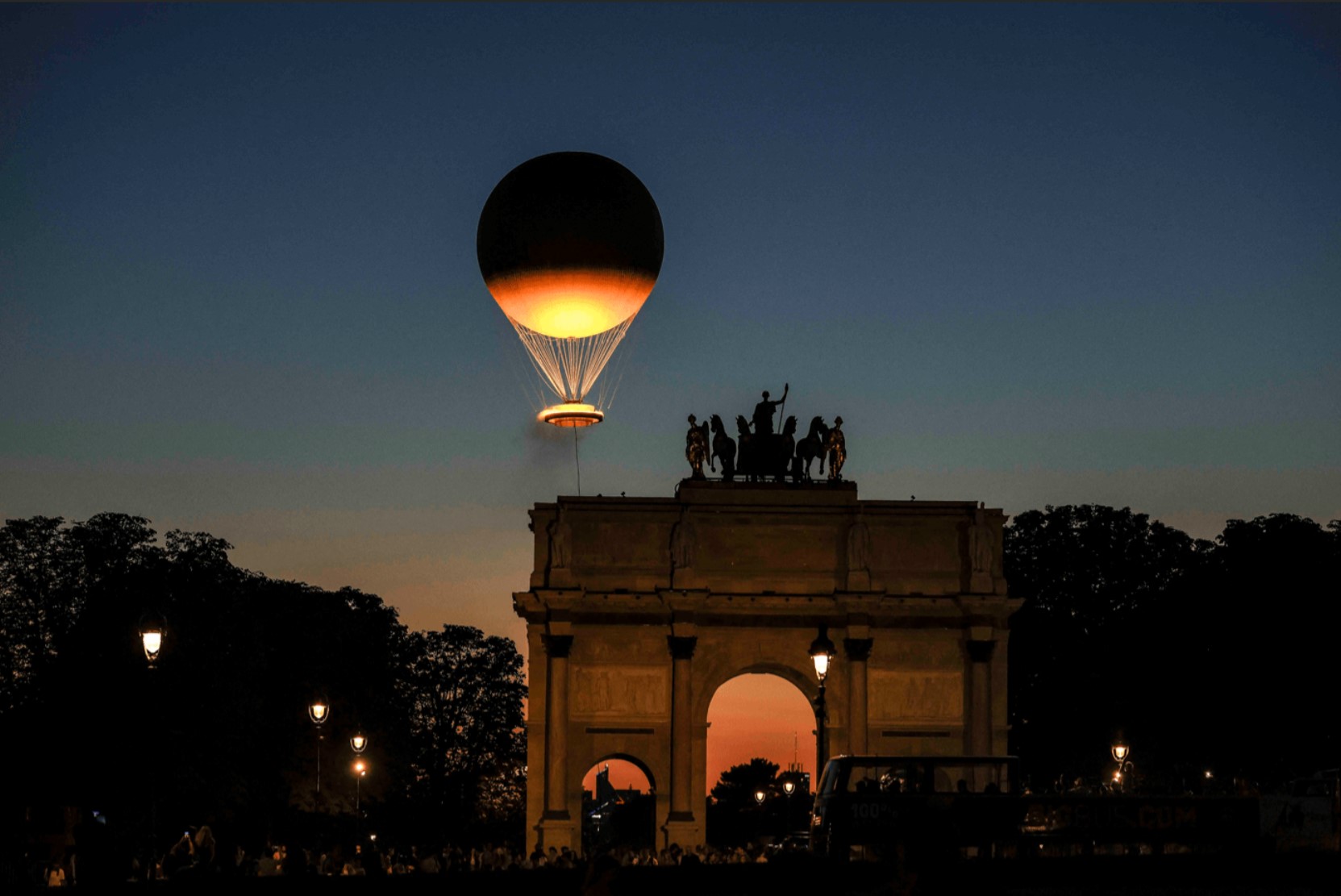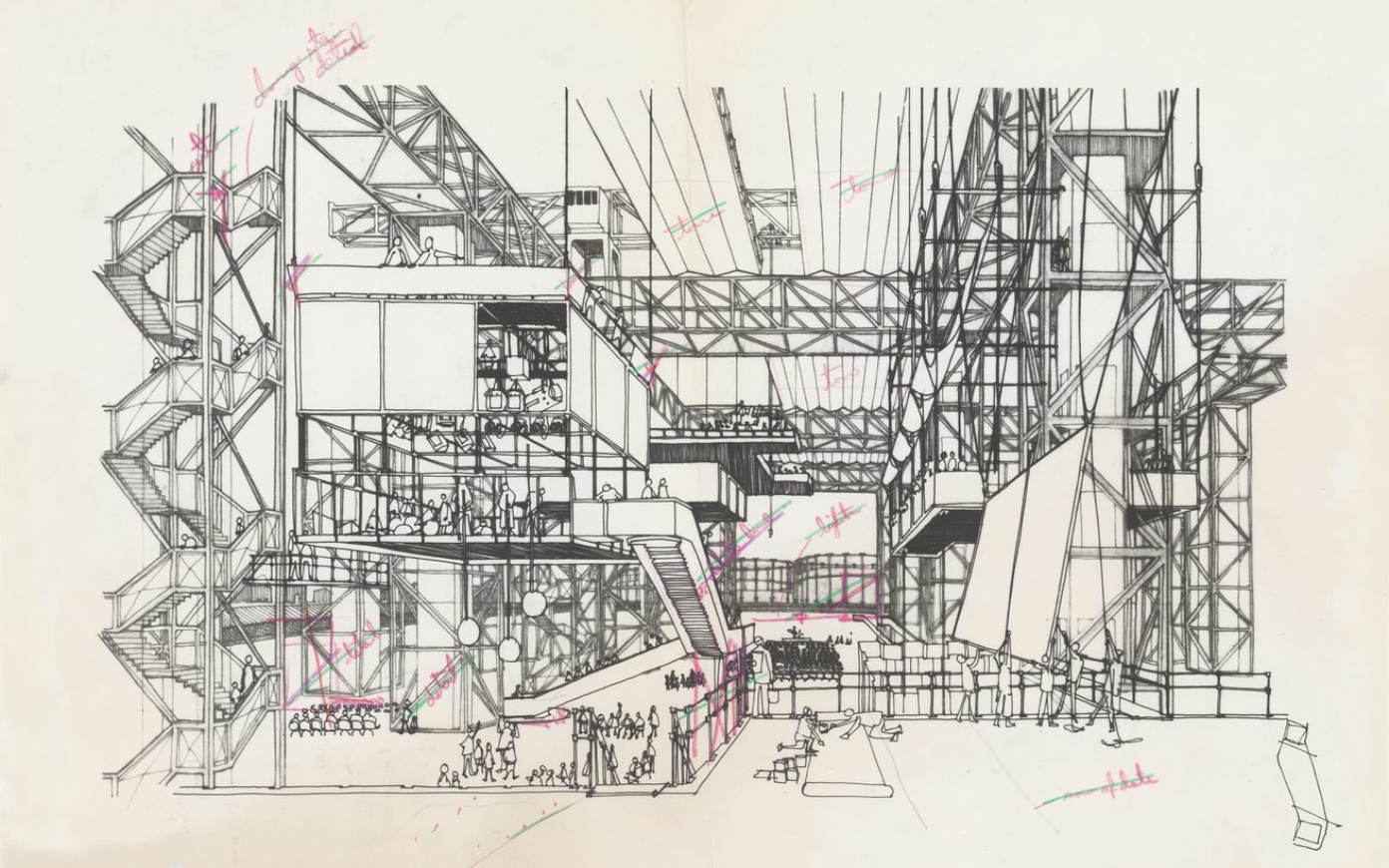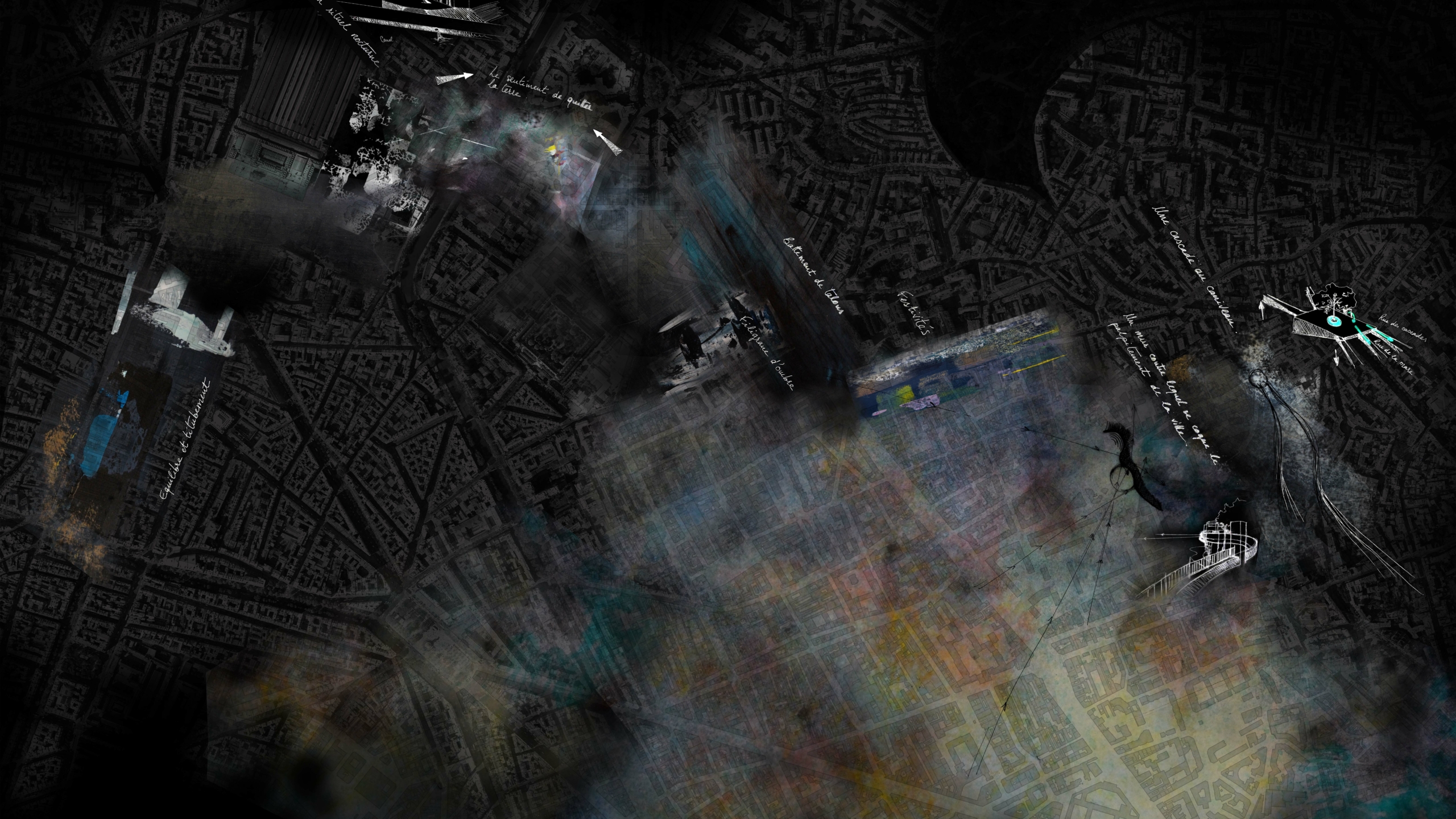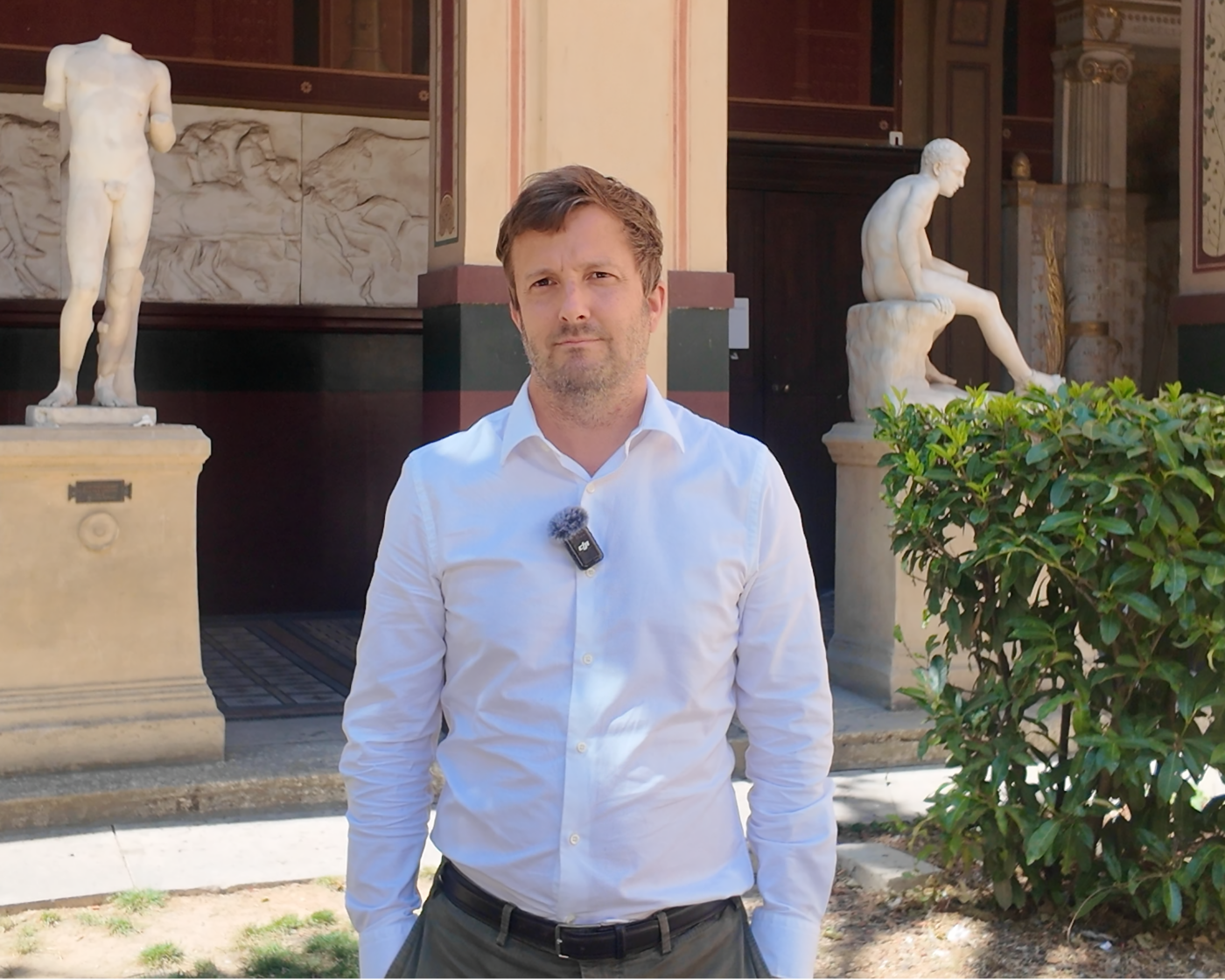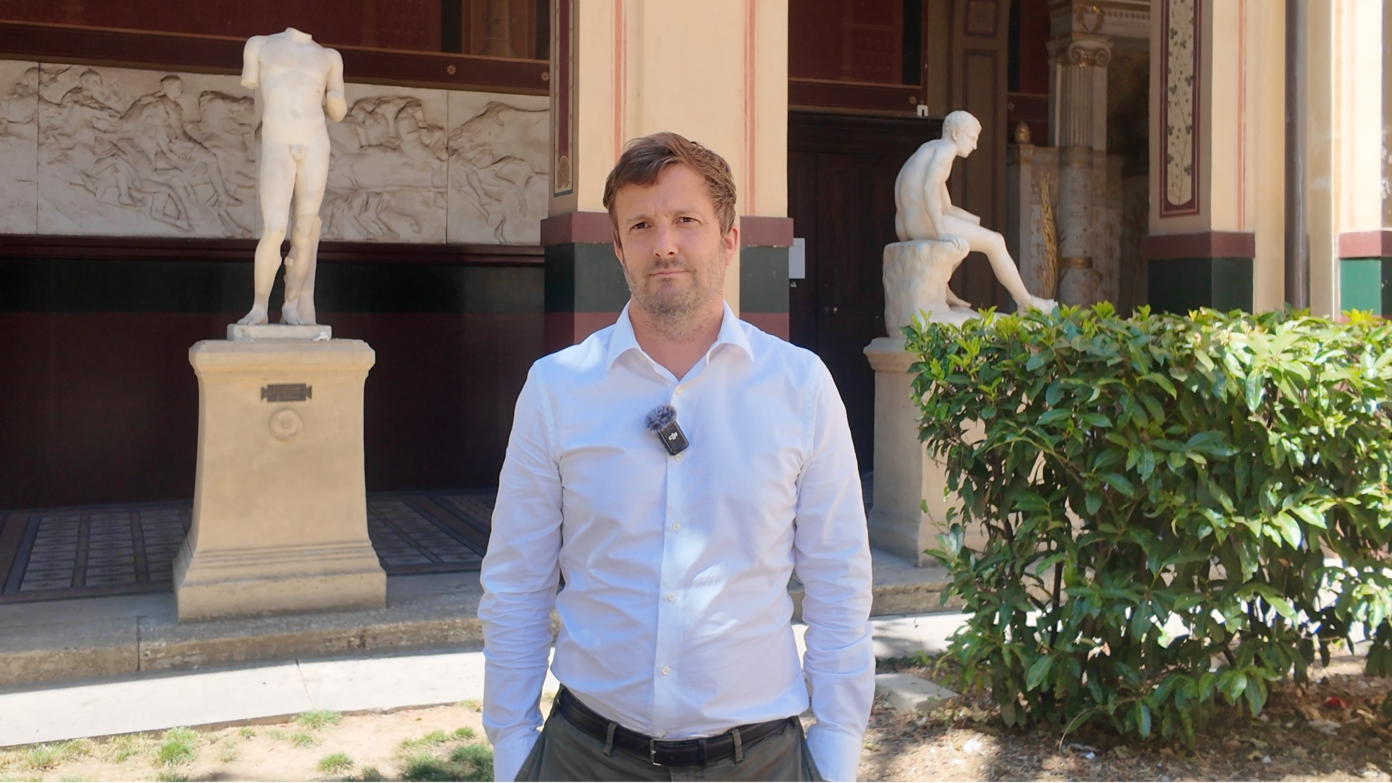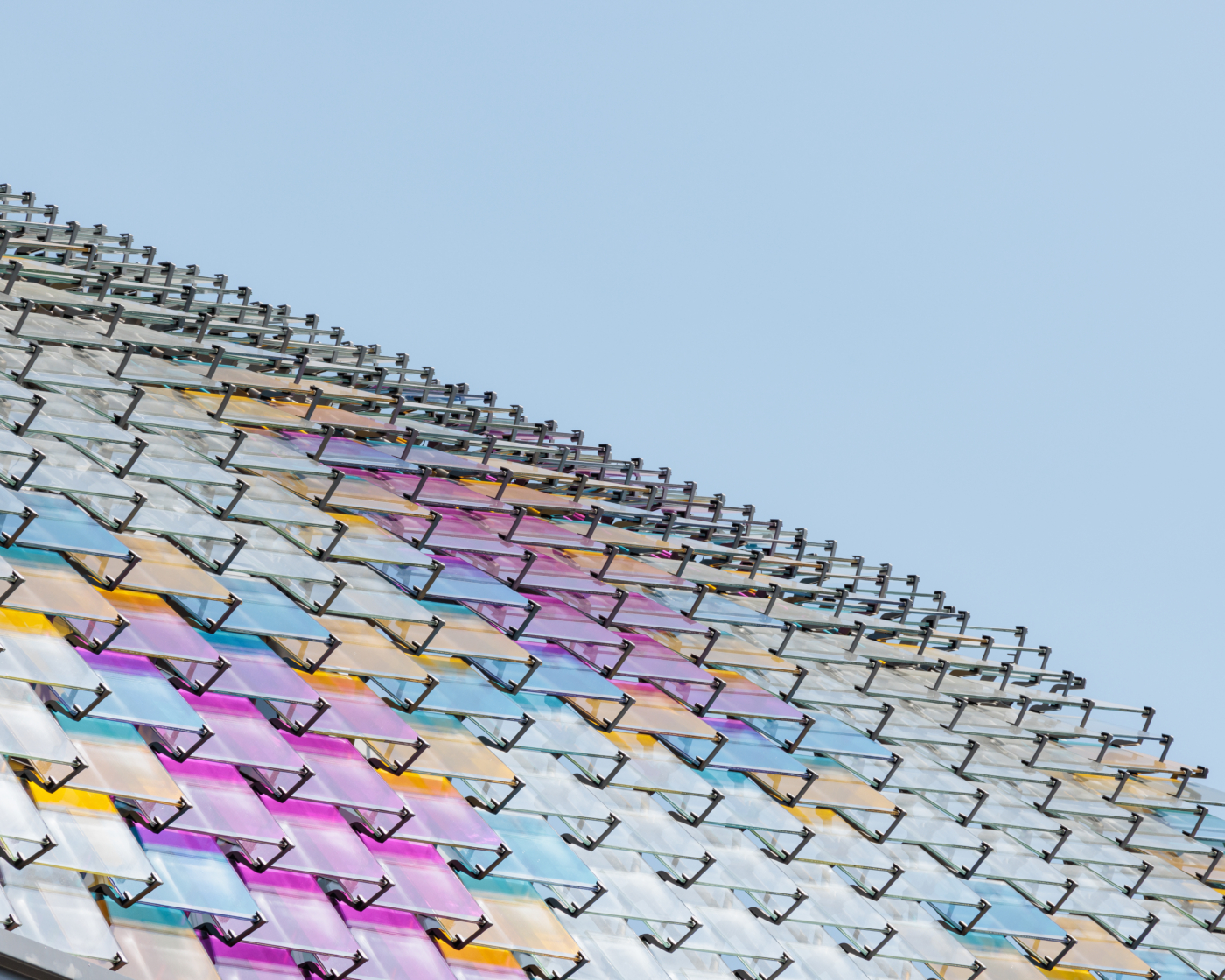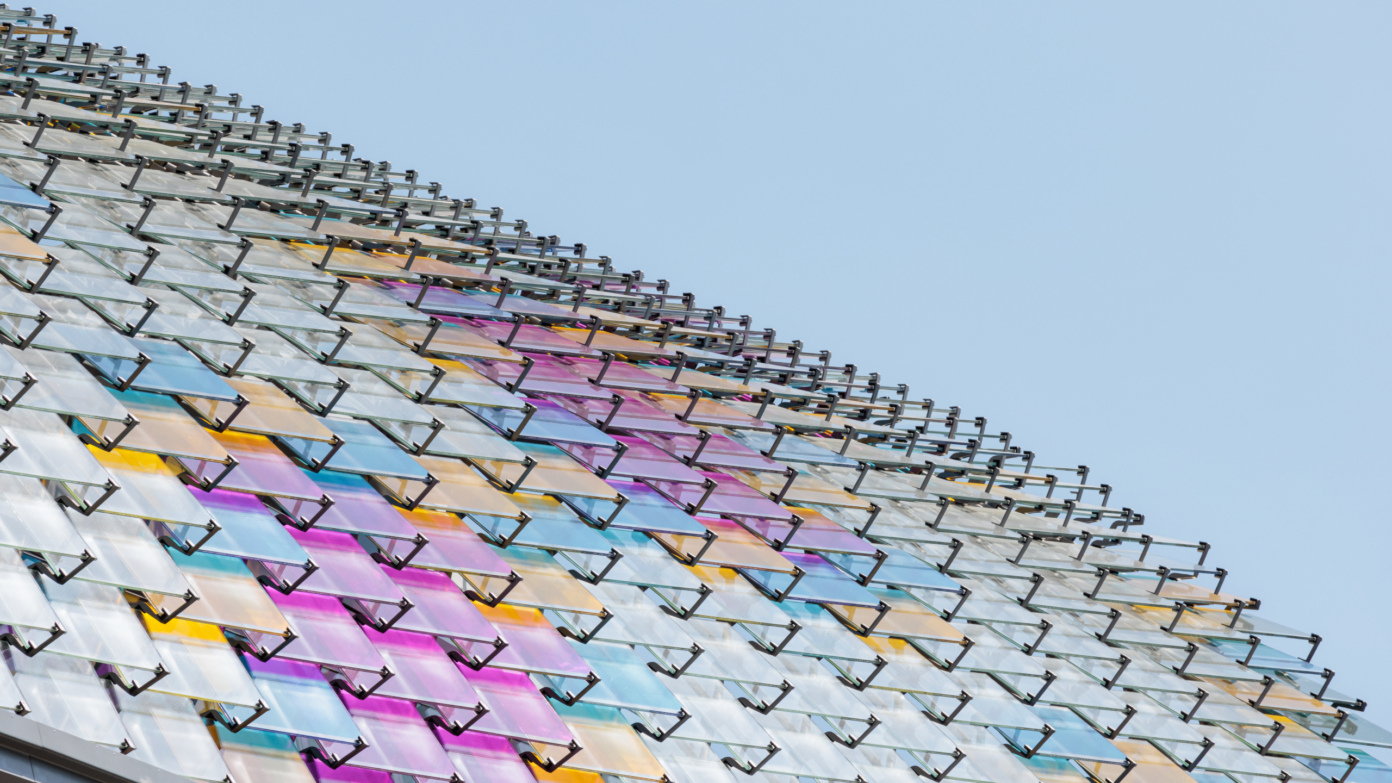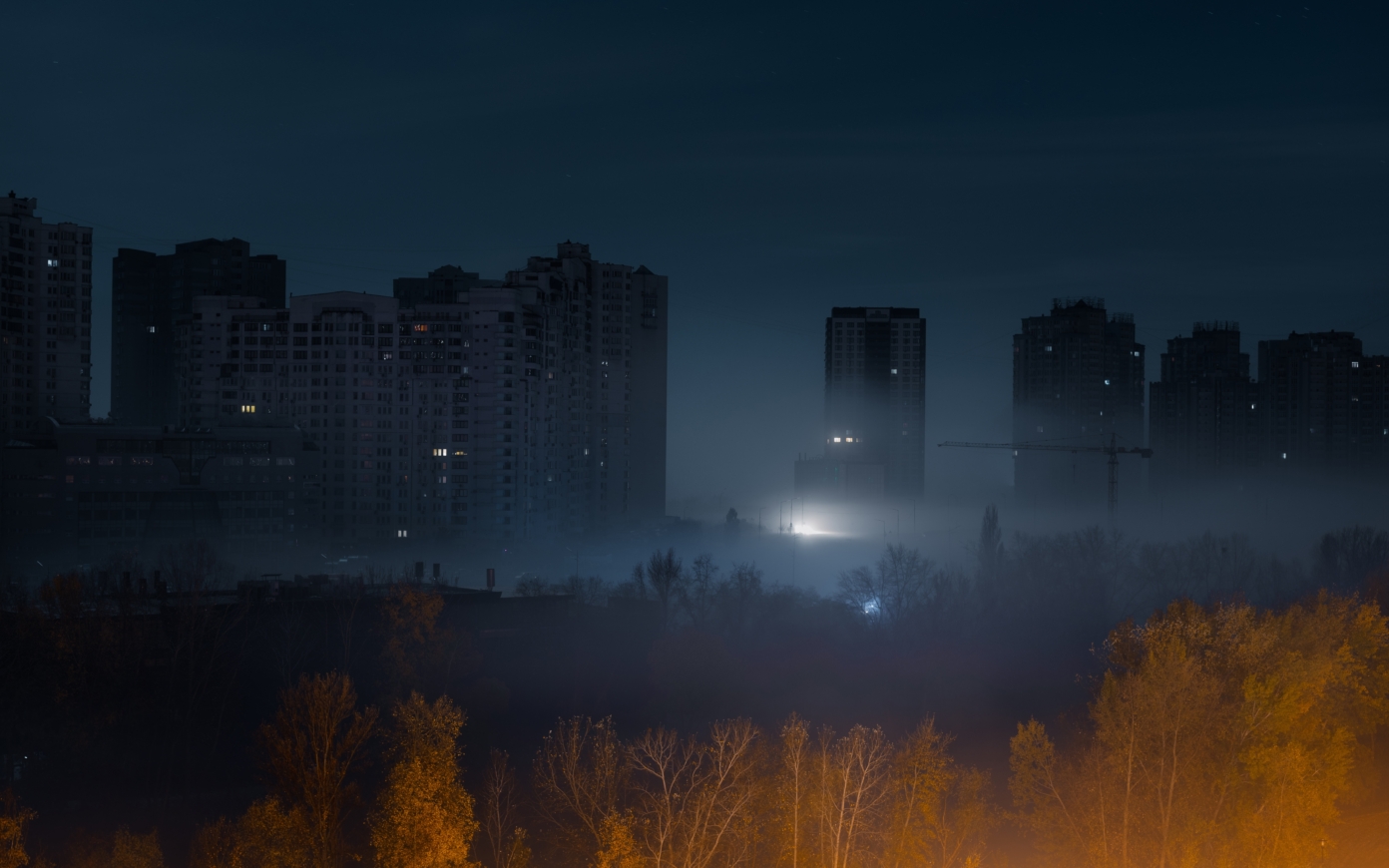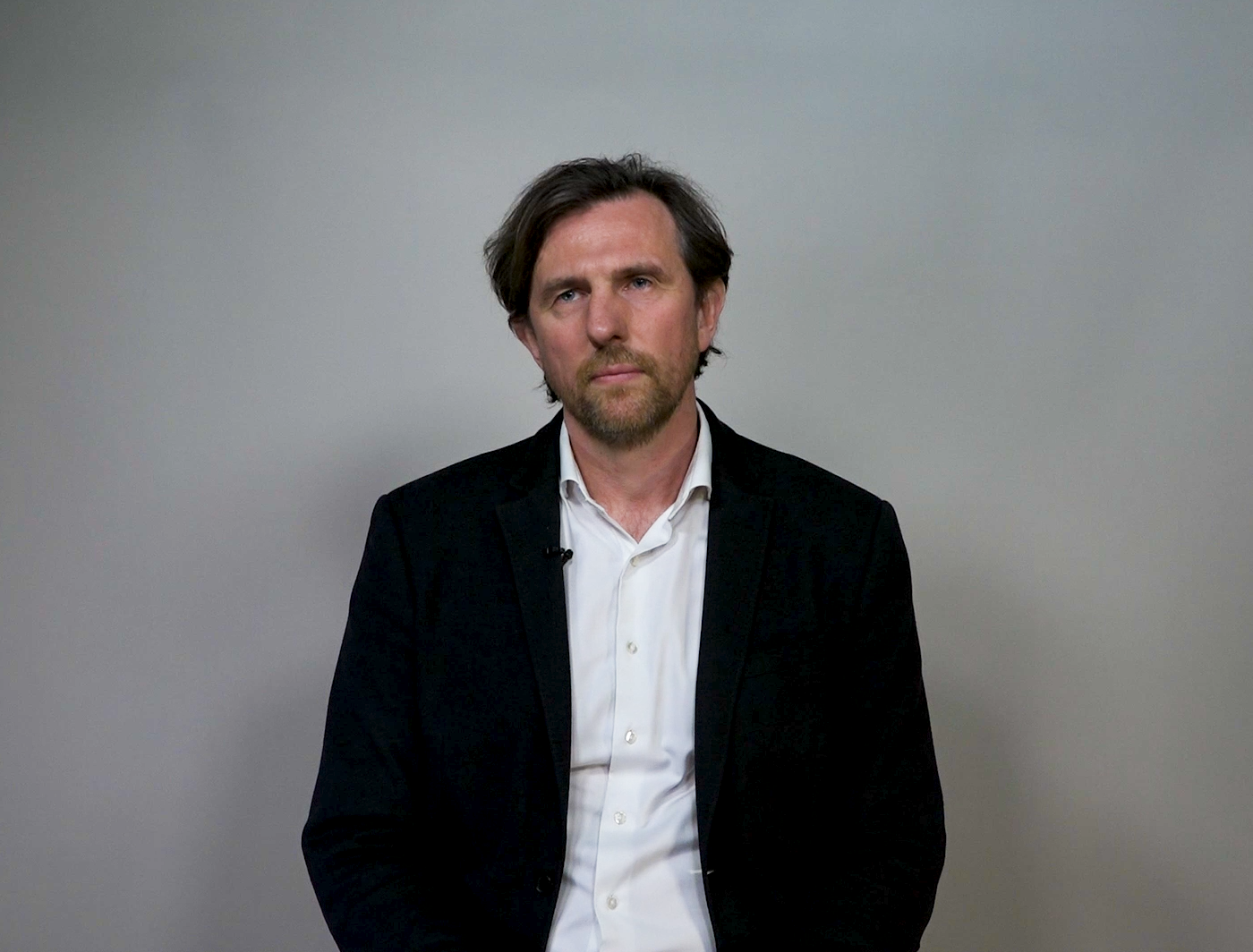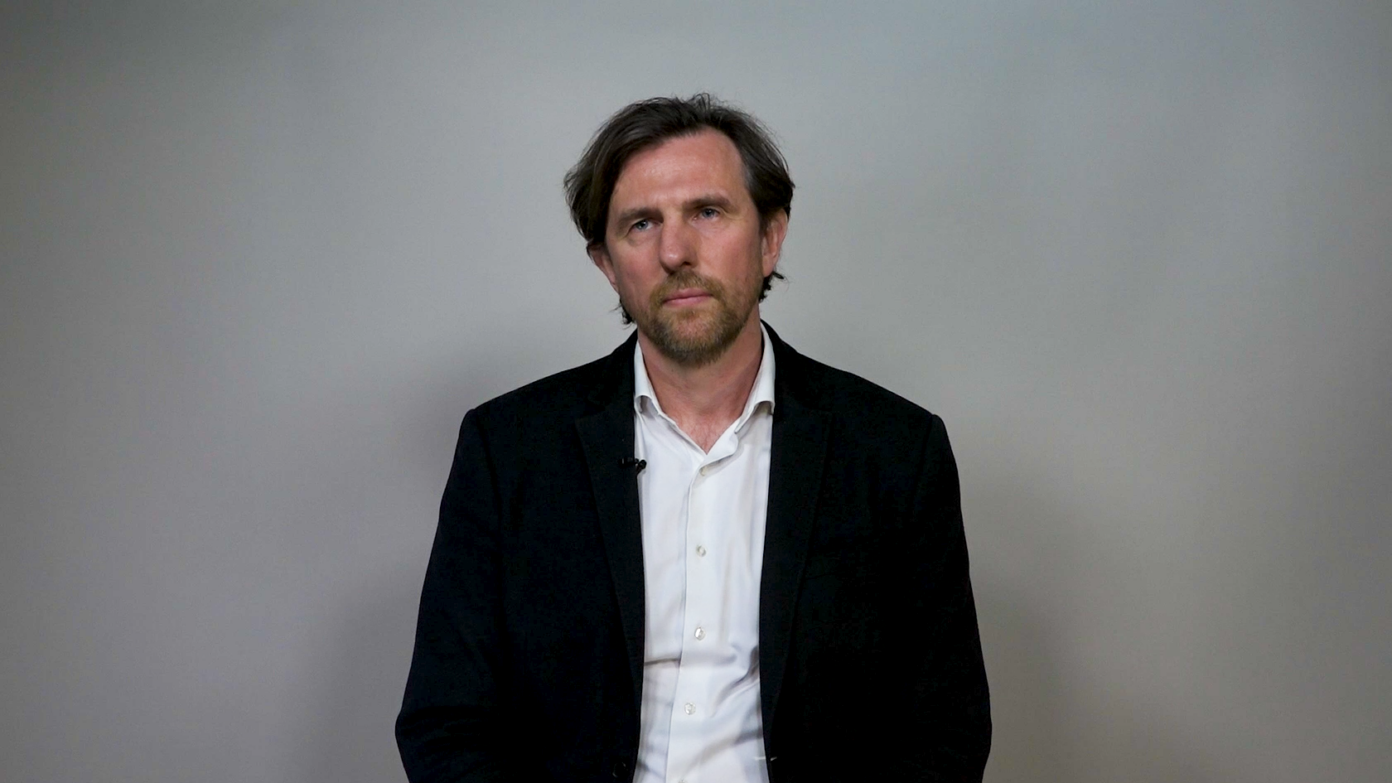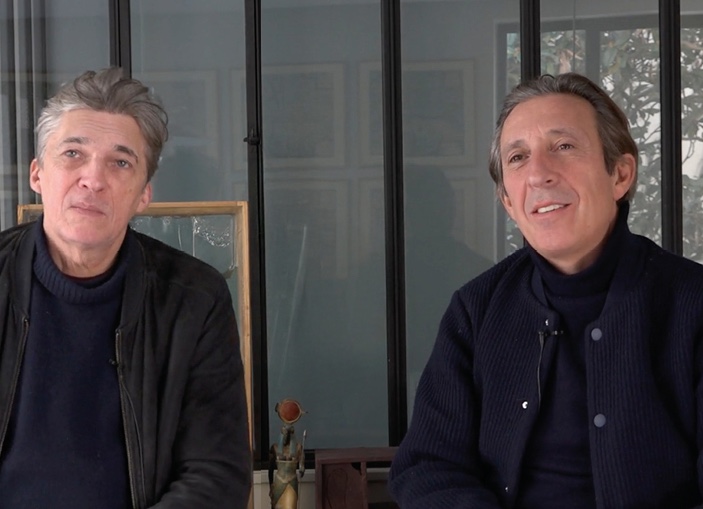Urban Metabolism: a Theoretical Framework Conducive to the Emergence of Temporal Urban Planning?
The theoretical framework of the urban metabolism allows us to conceive of the city as a complex system, in contrast to the mono-functional city that is conceived and organized in silos—a legacy of modern dualistic thought. The fractal approach developed by PCA-STREAM and described by Léone-Alix MazaudAux racines de la ville métabolisme [At the Roots of “Urban Metabolism”], Léone-Alix Mazaud, Stream Voices, No. 05 (Avril 2022). articulates “circularity in the built environment, which forms a first metabolism nested in a district or an avenue, which is itself embedded in the metabolism of the city, and the cities themselves involve metabolism between one another,” and enables us to capture a city in motion composed of “beating hearts” in constant interaction, at the pace of the inflows and outflows. These material transformations at different time scales punctuate the various metabolisms of the city, associated, for example, with nutrition, mobility, respiration, or the sleep cycleChaire Ville Métabolisme [Chair of Urban Metabolism], Université PSL..
In this perspective, the methodologies for understanding the living city explored by Pauline DetavernierPauline Detavernier, “Explorer les méthodologies de la ville vivante” [Exploring Methodologies to Understand the Living City], Stream Voices, No. 09 (2023).—whole building life cycle analysis, typically calculated over 50 years to consider their average lifespan, and that of the urban metabolism, calculated over one year—could benefit from evaluating a building’s life cycle over the course of 24 hours, thus intertwining analyses across different temporalities. By going beyond the life cycle analysis focused solely on materials and inflows, outflows, and storage, the 24-hour cycle thus allows for the reintroduction of the notion of urban uses and/or land use occupation.
Beyond a cyclical analysis of the flows that allow the urban metabolism to sustain itself, the concept of “urban stacks” understood as sociotechnical systems operating at all urban scales (building—neighborhood—city) seems particularly well suited for thinking about the urban night and how it intersects with the built environment (the emptying buildings), infrastructure (public amenities such as lighting), mobilities (the challenges of accessibility and the networking of public spaces), nighttime uses (by partygoers, activists, sleepers, workers, and the excluded), and the living (both human and non-human). The theoretical framework of the urban metabolism allows for a better understanding of what the night does to the city, but also what the city does to the night, by multiplying the scales and entry points while combining qualitative and quantitative approaches. It is crucial to emphasize that the notion of use, while primarily employed anthropologically in this article, must also be understood more broadly, for and by all living entities, in order to create a truly sustainable, desirable, and inclusive city.
Gianvito Corazza, project assistant in the urban planning department and Lucie Wix, communications at PCA-STREAM

